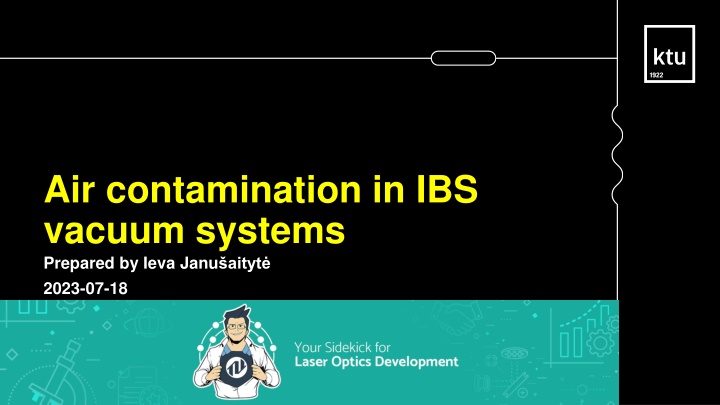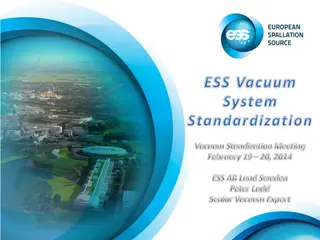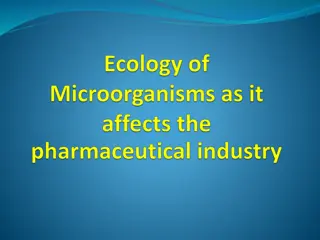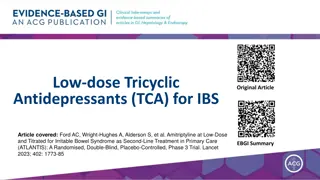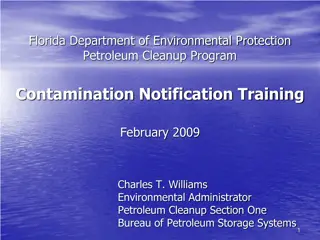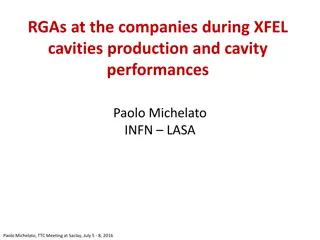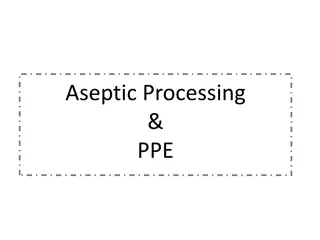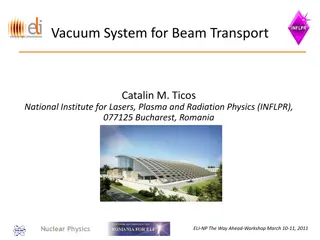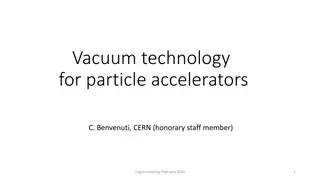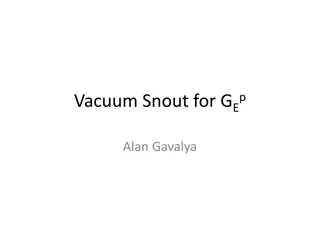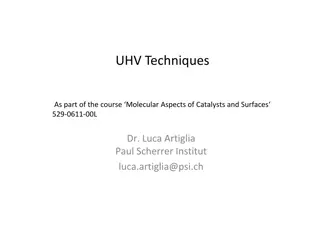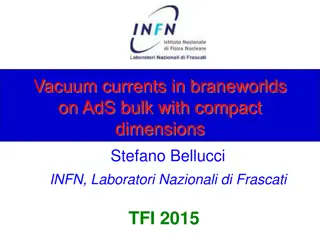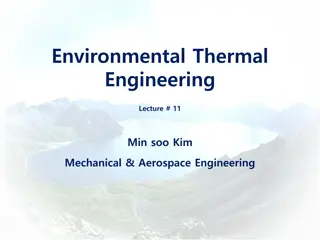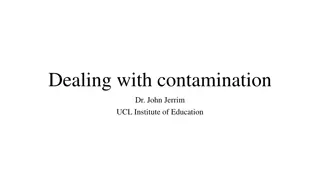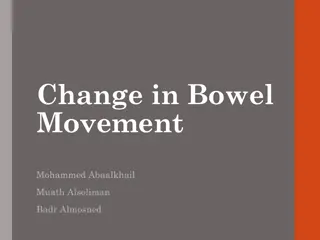Air Contamination in IBS Vacuum Systems
The document discusses the challenges and causes of air contamination in Ion Beam Sputtering (IBS) vacuum systems, focusing on dust and particulates that lead to performance deterioration and growth defects for thin films. It addresses methods for analysis, expected results, and relevant literature sources in the field. By examining correlations between defects and airborne particles, the aim is to identify key factors for maintaining surface quality and creating a particulate-free vacuum system.
Download Presentation

Please find below an Image/Link to download the presentation.
The content on the website is provided AS IS for your information and personal use only. It may not be sold, licensed, or shared on other websites without obtaining consent from the author.If you encounter any issues during the download, it is possible that the publisher has removed the file from their server.
You are allowed to download the files provided on this website for personal or commercial use, subject to the condition that they are used lawfully. All files are the property of their respective owners.
The content on the website is provided AS IS for your information and personal use only. It may not be sold, licensed, or shared on other websites without obtaining consent from the author.
E N D
Presentation Transcript
Air contamination in IBS vacuum systems Prepared by Ieva Janu aityt 2023-07-18
Dust and particulates Cause problems: 1. Performance deterioration for components 2. Growth defects for thin films Their origins: 1. Air pollution 2. Fabrication 3. Assembly (Humans, friction) 4. Operations (Friction, charging, aging) 2
The challenge How to create a particulate free vacuum system? What are the main causes of air contamination in IBS systems? 4
Methods for analysis 2. Leave lenses at the bottom of the vacuum chamber for overnight processes and check the surface quality. 2.5. Compare it to the thin film coatings surface quality. 1. Use particle counter after various processes. 5
Expected results To examine the correlation between the amount of defects on surface and the density of airborne particles in the chamber. To examine how air contamination levels depend on in the vacuum systems. To identify the key factors leading to the deteriation of surface quality. 6
Literature sources 1. HOH, Peter D, 1984. Summary Abstract: Quantitative particulate contamination studies utilizing reduced turbulence pumping and venting. 1 April 1984. Vol. 2, no. 2, p. 198 199. DOI https://doi.org/10.1116/1.572722. 2. LILJE, Lutz, [no date]. Controlling Particulates and Dust in Vacuum Systems Online. [Accessed 17 July 2023]. Available from: https://arxiv.org/ftp/arxiv/papers/2006/2006.02820.pdf 3. MARTIGNAC, J, BONIN, B, HENRIOT, C, POUPEAU, J, KOLTCHAKIAN, I, KOCIC, D, HERBEAUX, Ch and MARX, J, [no date]. PARTICLE CONTAMINATION IN VACUUM SYSTEMS Online. [Accessed 17 July 2023]. Available from: https://accelconf.web.cern.ch/SRF95/papers/srf95c08.pdf 4. STRASSER, Gottfried, BADER, Hans-Peter and BADER, M E, 1990. Reduction of particle contamination by controlled venting and pumping of vacuum loadlocks. 1 November 1990. Vol. 8, no. 6, p. 4092 4097. DOI https://doi.org/10.1116/1.576445. 7
Pictures from 1. https://en.wikipedia.org/wiki/Particulates 2. https://www.scia-systems.com/products/ion-beam- sputtering 3. https://www.amazon.com/Extension-European-Standard- Macbook-17-inch/dp/B00FDLP6DC 4. https://www.dioptic.de/en/2021/03/15/argos-matrix-200- the-new-industry-standard-for-automated-surface- inspection/ 8
